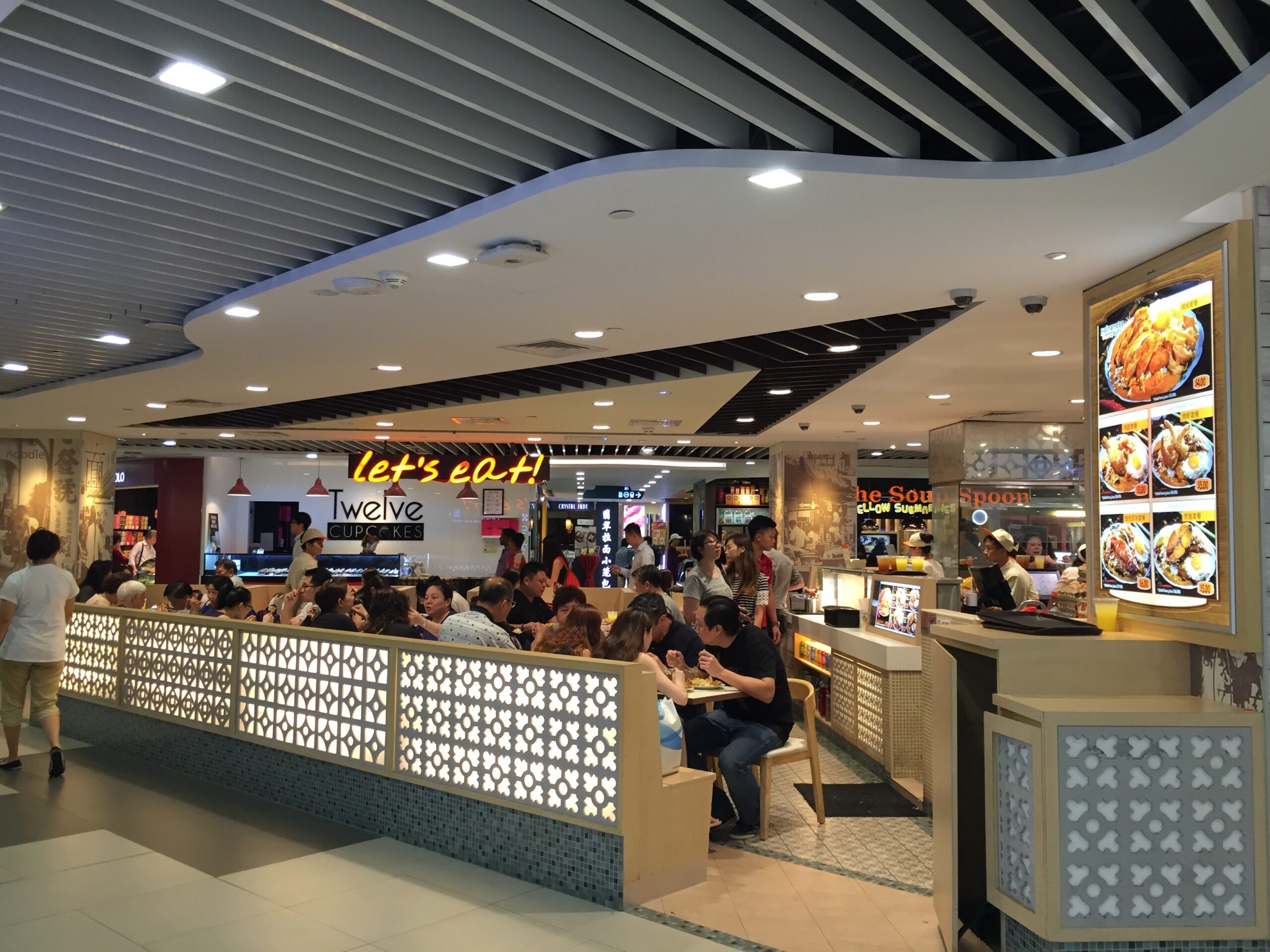For Kiwi F&B exporters targeting the highly competitive Southeast Asian market preparation is absolutely vital before undertaking any market visits. Nada Young shares her wealth of in-market experience.
I have been helping food and beverage exporters expand into key Asian markets for almost ten years. At the very beginning we toured Southeast Asia, Hong Kong, Taiwan and Korea virtually non-stop for a period of about five years. This kind of immersion in markets was crucial to establishing the trade networks that Incite relies on so heavily today. It was also a great testing ground for perfecting the all-important ‘market visit’. After much trial and error here are my top ten tips on visiting Southeast Asia for business:
1. Plan ahead
Get your meetings lined up at least four weeks in advance of your trip. Clashes in schedules, public holidays and major events such as festive season promotions that leave businesses frantic, will add a layer of complexity not common in the Western world.
2. Set a sensible schedule
Give yourself enough time. You need at least two or three full days in each city to conduct your meetings and get a feel for the market by visiting key accounts and checking out the competition. Expect delays – traffic can be abominable and you may need to allow an hour-plus to get to each meeting.
Remember to also factor in some down time. Use your travel days as a chance to recoup. Traveling in Southeast Asia can be exhausting and you need to bring your ‘A Game’ to every meeting. Few successful meetings are accomplished when the inbound visitor is on the fifth day of a five country visit and can barely keep their eyes open. It’s not a good look and can be quite offensive to the people you are meeting with.
3. Focus on the capitals
Most business is conducted in the major city of each country, so plan your itinerary accordingly and choose your accommodation wisely. Look for something central that is close to amenities, with good transport links. For example, getting around the CBD in cities like Bangkok is easier and faster on the train, so choosing a location close to a BTS or MRT is a good idea.
4. Meet at their office
Choosing suitable meeting locations is often a trade-off between convenience, such as the ubiquitous Starbucks near your hotel, to an hour in traffic across unfamiliar territory to meet at an office. But most will agree that it’s well worth the tedium of long cab rides to meet in the relative calm of an office. It also has the added advantage of providing a first-hand appraisal of the nature of the company and it’s operating environment. A word of caution though, don’t be too quick to judge because looks can be deceiving in Asia.
5. Ship samples later
If your samples are bulky or temperature-sensitive you can always vet your trade partners first then offer to ship samples post meeting if you like what you’ve seen.
6. Get on the grid
Use a VOIP tool like Skype forwarding and pick up a local SIM-card from a 7-Eleven in each city so you’re on local networks. Local call and data plans are inexpensive.
7. Pack a decent medicine kit.
It’s common to get a touch of ‘Delhi Belly’ if you’re not a frequent visitor to Southeast Asia. Don’t leave home without a good supply of medical essentials.
8. Have clear goals
A professional approach might involve sending suggested meeting agendas ahead of time and asking for, and walking away with, a set of action points and agreed deadlines for deliverables. Without some form of structure, precious time can be wasted as the conversation wanders from point-to-point, briefly touching on important issues before moving on to the next topic.
9. Speak clearly
It’s easy to be misunderstood and, out of politeness, people in Southeast Asia will often nod along to what you are saying even if they aren’t quite following you. Slow down and avoid colloquialisms.
10. Deliver a great pitch
Be prepared with a well polished sales pitch. You’ll want to deliver a concise and captivating spiel that clearly articulates what it is you are offering and why it will work in that market. Leave time for discussion and cover off the key questions you need answered to determine whether they are a good fit for your brand.
Nada Young is a director at Incite, an export development agency for F&B companies trading with Asia. www.exportincite.com




